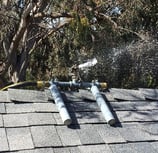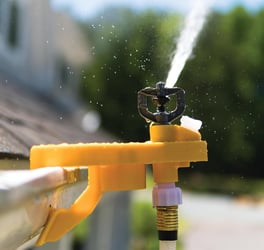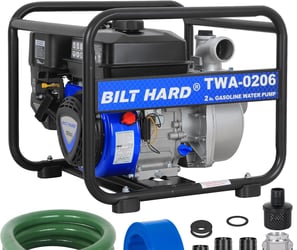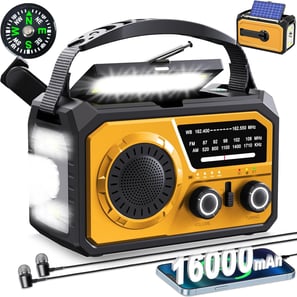Defending Your Home Against Wildfires
Essential Strategies
ARCHITECTURE
AURACANVA
3/26/2025
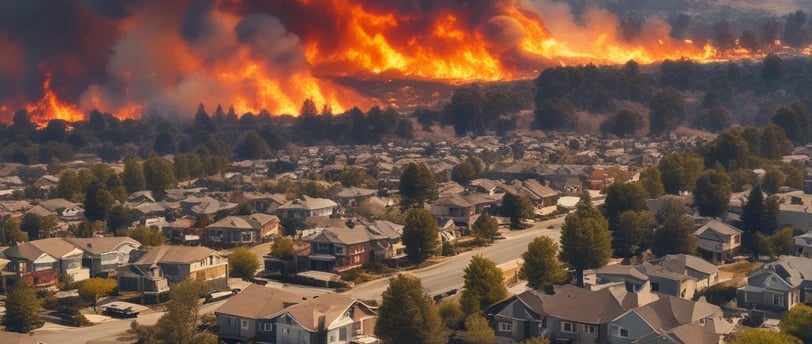

Defending Your Home Against Wildfires
Essential Strategies
The 2025 California wildfire has once again highlighted the devastating impact of these fires on communities. While we can't always control nature, we can take steps to fortify our homes against wildfires. Here are some key wildfire defense strategies:
----- Disclosure: This post contains affiliate links and may feature ads. As an Amazon Associate, I earn from qualifying purchases. -----


1. Fire-Resistant Building Materials
Use non-combustible roofing materials like metal, clay tiles, or Class A asphalt shingles.
Install fire-resistant siding such as stucco, fiber cement, or stone veneer.
Replace wooden decks and fences with fire-rated composite or concrete options.
Opt for dual-pane tempered glass windows to reduce heat damage.
2. Water Defense Systems
Rooftop & Gutter Sprinklers: Keep your home damp and prevent embers from igniting dry leaves in gutters.
Pool Pumps & Fire Hoses: In case water lines fail, a high-powered pump can pull water from pools, ponds, or storage tanks for fire suppression.
Emergency Water Storage: Large tanks (2,500+ gallons) and swimming pool can provide water for firefighting when municipal supplies run dry.
3. Ember Defense & Home Hardening
Install metal mesh screens (⅛ inch or less) over vents to prevent embers from entering your attic or crawl spaces.
Keep a 5-foot ember-resistant zone around your home using gravel, concrete, or bare soil—no mulch, wood chips, or flammable plants.
Use fire-resistant shutters or window covers to shield against heat and flames.
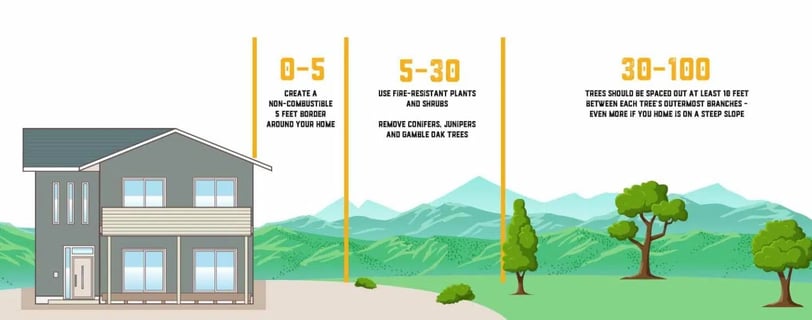

4. Smart Landscaping (Defensible Space)
Maintain at least 30 feet of defensible space by removing dead vegetation, keeping trees pruned, and spacing plants properly.
Use fire-resistant plants like agave, lavender, and ice plants, which retain moisture.
Keep firewood, propane tanks, and other combustibles at least 30 feet from the house.
5. Backup Power & Communication
A solar battery backup or generator ensures you can run water pumps and communication devices during power outages.
Emergency radios and satellite communication devices can help when cell service is down.
6. Community & Evacuation Planning
Work with neighbors to create a community-wide fire defense strategy (shared water tanks, equipment, and evacuation plans).
Establish multiple evacuation routes and keep vehicles fueled and ready.
Store important documents in a fireproof safe or cloud storage for quick access after a disaster.
Final Thoughts
Wildfires are unpredictable, but a well-defended home has a significantly higher chance of surviving. Combining fire-resistant building materials, active water defense, smart landscaping, and emergency preparedness can make all the difference.


